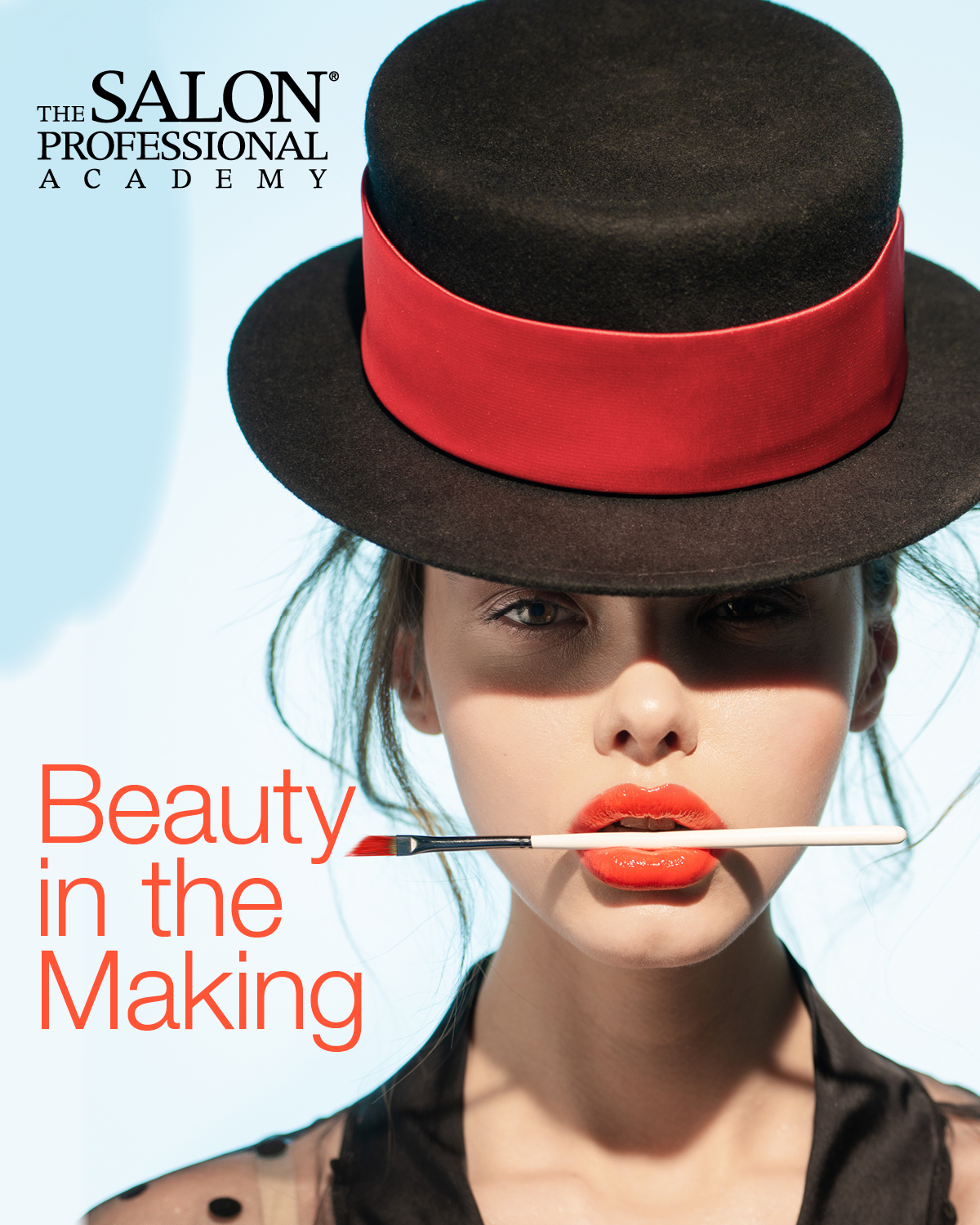Cosmetics – The History Behind it’s Impacts From Cultures To Presidential Elections
Does today’s selfie culture mean we are too obsessed with our appearance? Based on history, the answer is no! Humans have always wanted to look their best and enhance their appearances. Cosmetologists are part of a noble and valued occupation.
The Egyptians were the first to create what we think of today as cosmetics and perfumes, and ground minerals into powder to decorate their faces, including kohl for eyeliner, malachite for green eyeshadow, and henna and red ochre for their cheeks, lips, fingertips, and even toes!
The use of make-up expanded to other societies, but by the time of the Roman Empire and the Middle Ages, cosmetics were frowned upon, mostly because the Christian Holy Bible taught that cosmetics were sinful.
Throughout the rest of the world, native peoples in the Americas and Africa used body and face paint, but by the 19th century, cosmetic use was considered vulgar. But theatrical cosmetics continued and became popular in the twentieth century, especially after the development of film and photography. Theatrical New companies were started by theatrical make-up suppliers, such as Helena Rubenstein and L’Oréal. In the more recent past, musicians such as David Bowie and Lady Gaga have used cosmetics to create characters in their performances, John F. Kennedy’s use of stage make-up in the first televised presidential debate is considered one of the reasons he won the debate, because he looked stronger and healthier than opponent Richard Nixon.
Today, cosmetic use is accepted among a wide variety of people, including men. The twentieth century’s enthusiasm for cosmetics lead to an explosion of cosmetic use and products, and today new companies seem to start every day. That’s why cosmetology will always be a valued career path: human beings have always wanted to be beautiful!








